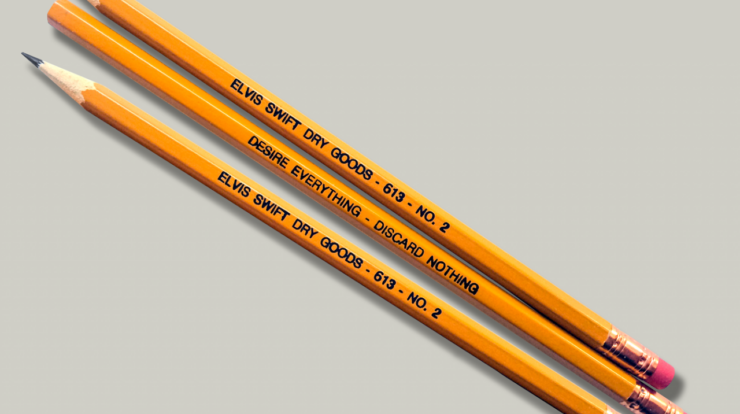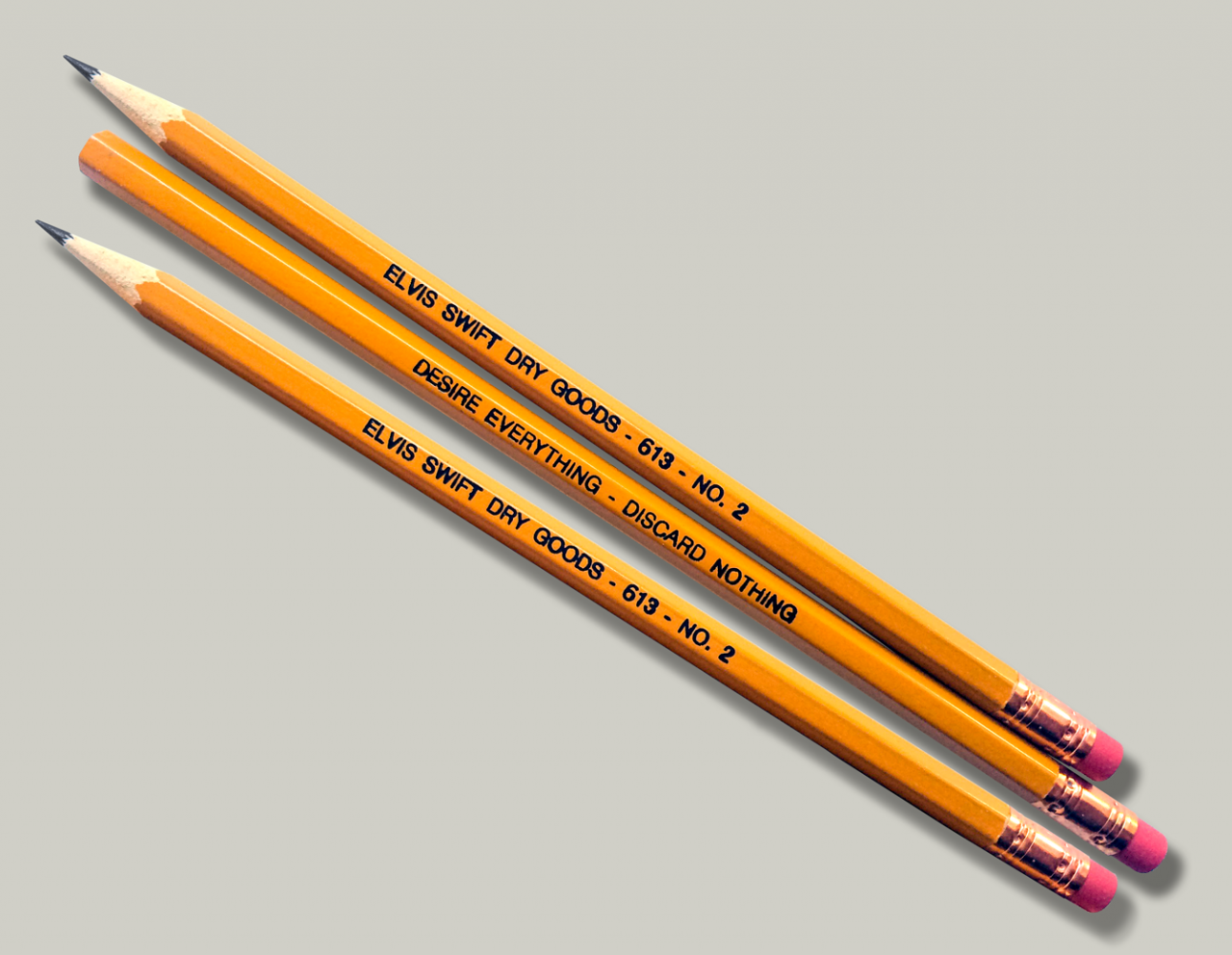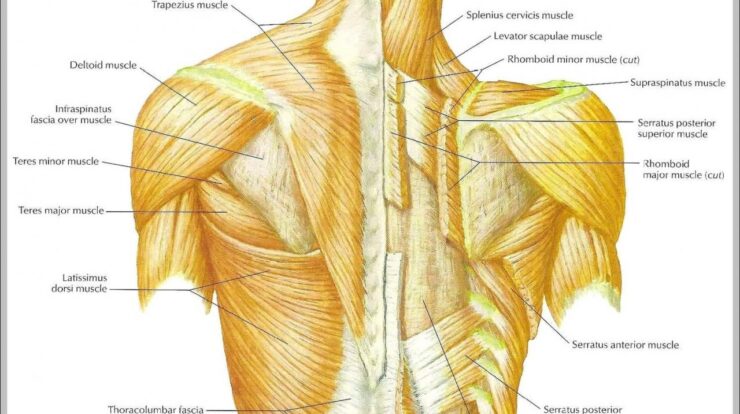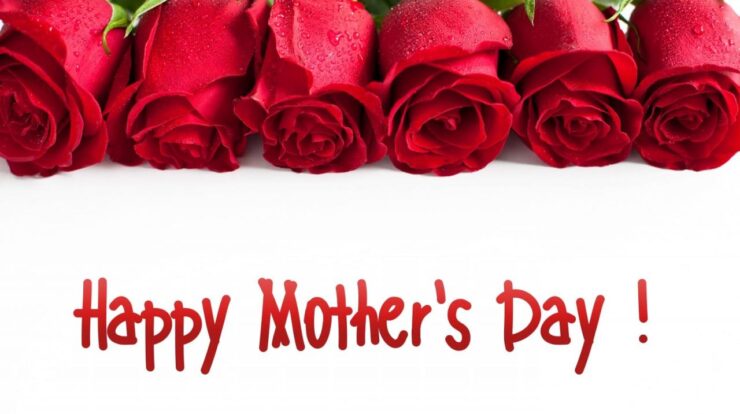
Delving into the multifaceted world of pencil meaning, this article explores the rich history, diverse applications, and profound symbolism associated with this humble yet versatile writing instrument.
From its origins in ancient graphite mines to its role as a catalyst for education and artistic expression, the pencil has left an enduring mark on human civilization.
Pencil: An Indispensable Tool in Art, Writing, and Beyond: Pencil Meaning

Pencils, ubiquitous and unassuming, hold a profound significance in human history and continue to play a vital role in various spheres of life. From humble beginnings as rudimentary writing implements to sophisticated artistic tools, pencils have evolved over centuries, leaving an enduring mark on civilization.
Historical Significance, Pencil meaning
The origins of the pencil can be traced back to ancient times, when artists used charcoal and lead styluses to create drawings on cave walls. The modern pencil, however, emerged in the 16th century when graphite deposits were discovered in England.
These deposits were initially used to mark sheep, but their ability to leave dark, smooth lines quickly led to their adoption as writing instruments.Over the centuries, pencils have played a pivotal role in education, art, and communication. They have been used by students to jot down notes, by artists to create masterpieces, and by writers to pen immortal words.
The simplicity and affordability of pencils have made them accessible to people from all walks of life, contributing to the spread of literacy and the preservation of knowledge.
Types and Materials
Pencils come in a wide variety of types, each with its own unique characteristics and uses. The most common type is the graphite pencil, which consists of a graphite core encased in wood. Graphite pencils are graded according to their hardness, with softer pencils producing darker lines and harder pencils producing lighter lines.Other
types of pencils include charcoal pencils, which are made from compressed charcoal and produce rich, velvety lines; colored pencils, which contain pigments and are used for drawing and coloring; and mechanical pencils, which use thin, replaceable lead.The manufacturing process of pencils involves several steps, including the mining of graphite, the mixing of graphite with clay and other materials, and the extrusion of the mixture into thin rods.
The rods are then cut into individual pencils and coated with wood or plastic.
Artistic Applications
Pencils have long been a favored medium for artists, offering a wide range of possibilities for drawing and sketching. Pencil drawings can be incredibly detailed and expressive, capturing the nuances of light and shadow and creating a sense of depth and texture.Artists
use a variety of techniques to create pencil drawings, including hatching, cross-hatching, and stippling. Hatching involves drawing parallel lines close together to create shading, while cross-hatching involves drawing lines in two or more directions to create darker areas. Stippling involves creating a pattern of small dots to build up tone and texture.
Writing and Education
Pencils remain an indispensable tool for writing, note-taking, and test-taking. Their erasable nature makes them ideal for drafting and revision, and their affordability makes them accessible to students of all ages.In educational settings, pencils are used for a variety of purposes, including taking notes, completing assignments, and drawing diagrams.
The tactile nature of pencil writing can help students to develop fine motor skills and improve their handwriting.
Symbolic Meanings
Beyond their practical uses, pencils have also acquired a number of symbolic meanings. In literature, pencils are often associated with creativity and inspiration, while in film and television, they are sometimes used to represent knowledge and education.The pencil has also been used as a symbol of power and authority.
In the United States, the president is often depicted holding a pencil when signing important documents, symbolizing the authority vested in the office.
Modern Uses and Innovations
While digital tools have become increasingly prevalent, pencils continue to be used in a variety of modern applications. In design, architecture, and engineering, pencils are used for sketching and drafting, as they allow for quick and precise lines.Innovations in pencil design and manufacturing have also emerged in recent years.
These include pencils with ergonomic grips for improved comfort, pencils with built-in erasers, and pencils made from sustainable materials.Despite the rise of digital technology, pencils remain an essential tool in a wide range of fields. Their simplicity, versatility, and affordability make them indispensable for artists, writers, students, and professionals alike.
Ultimate Conclusion
In conclusion, the pencil is not merely a writing tool but a symbol of creativity, communication, and cultural significance. Its enduring presence in our lives is a testament to its adaptability and the enduring power of human expression.
Clarifying Questions
What is the origin of the pencil?
The origins of the pencil can be traced back to ancient graphite mines in the Lake District of England, where shepherds discovered graphite deposits and used them to mark their sheep.
What are the different types of pencils?
Pencils are primarily classified based on their lead composition, which can be graphite, charcoal, or colored. Each type has unique characteristics and applications.
What is the significance of pencils in art?
Pencils are versatile tools for artistic expression, allowing artists to create intricate drawings, sketches, and textures through techniques such as shading, blending, and layering.






